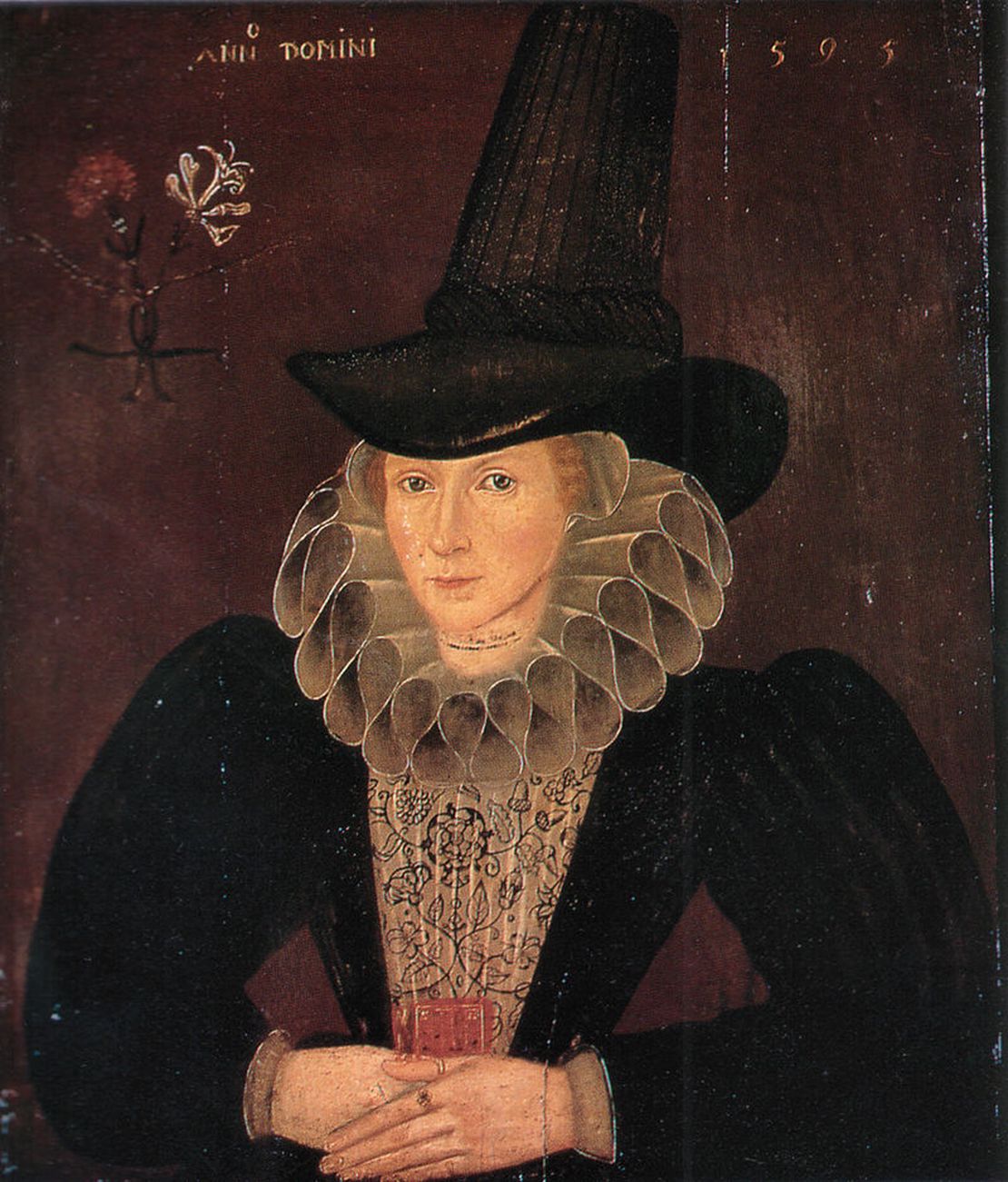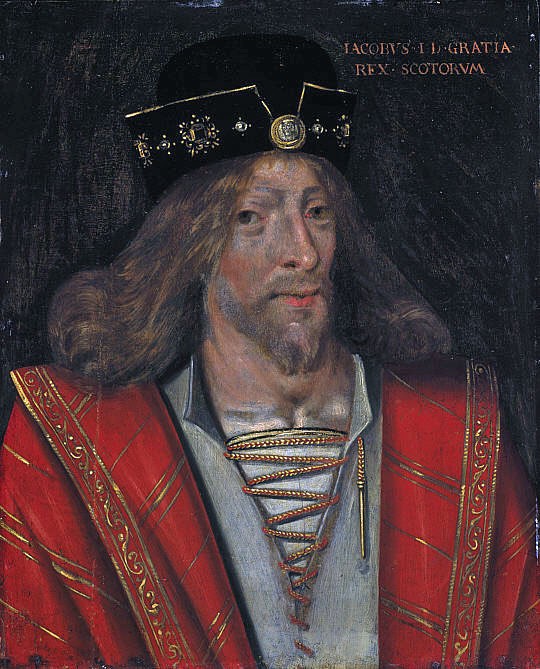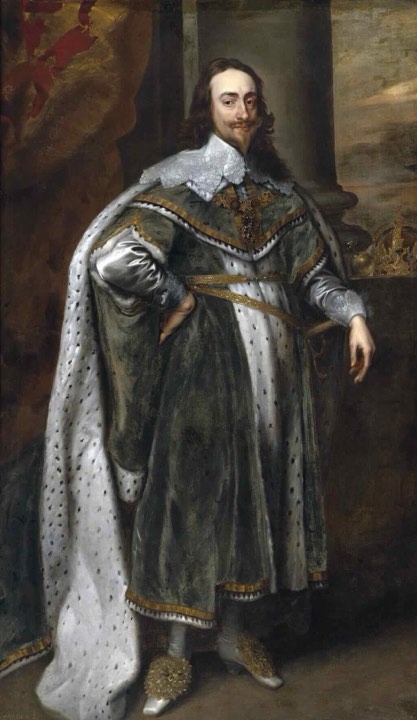- August 10, 1624
Esther Inglis, a renowned calligrapher and miniaturist of the late 16th and early 17th centuries, died on August 30, 1624. Inglis was born around 1571, likely in Edinburgh, Scotland, and she became famous for her exquisite calligraphy and intricate miniature books, which she often dedicated to prominent figures of the time, including royalty and nobility.
Early Life and Background
- Family and Education: Esther Inglis was born to French Huguenot immigrants who had fled religious persecution in France. Her father, Nicholas Langlois, was a schoolmaster, and her mother, Marie Presot, was also skilled in calligraphy. It is likely that Inglis learned the art of calligraphy from her mother, who was an accomplished scribe.
Career and Achievements
-
Calligraphy and Miniature Books: Inglis was particularly noted for her ability to create miniature books, often no larger than a few inches in size. These books contained meticulously written texts, often in multiple languages, and were decorated with elaborate borders, initials, and occasionally small illustrations. Her works were highly prized for their beauty and technical skill.
-
Patrons and Dedications: Inglis’s work was frequently dedicated to royalty and high-ranking individuals. Among those who received her works were Queen Elizabeth I of England, King James VI of Scotland (later James I of England), and various members of the Scottish and English nobility. These dedications were often designed to curry favor and patronage, a common practice among artists and craftsmen of the time.
-
Literary Contributions: Many of Inglis’s books included not only calligraphy but also original poetry and translations, reflecting her literary talents. She wrote in several languages, including French, Latin, and English, showcasing her education and linguistic abilities.
Legacy
-
Significance in Art History: Esther Inglis is considered one of the most important calligraphers and miniaturists of her time. Her works are admired not only for their artistic beauty but also for their historical significance, as they provide insight into the cultural and intellectual life of late Renaissance Scotland and England.
-
Surviving Works: A number of Inglis’s manuscripts and miniature books have survived and are held in prestigious collections, including the British Library and the Bodleian Library at Oxford. These works continue to be studied and appreciated by scholars and art historians.
Death and Legacy
-
Death: Esther Inglis died on August 30, 1624. She was buried in Edinburgh, where she had spent much of her life.
-
Enduring Influence: Inglis’s work remains a testament to the high level of craftsmanship and artistic expression possible in the medium of calligraphy. Her miniature books are considered masterpieces of their kind and continue to inspire admiration for their technical precision and artistic elegance.
Esther Inglis’s life and work stand as a remarkable example of the creative achievements of women in the Renaissance period, and her legacy as a calligrapher and miniaturist continues to be celebrated today.

 ← King James I disbands the English parliament
← King James I disbands the English parliament
 Charles 1 becomes king of England, Scotland and Ireland →
Charles 1 becomes king of England, Scotland and Ireland →